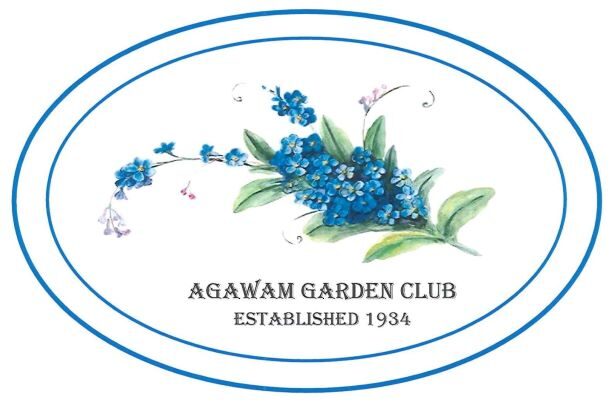Our Seed Library has Moved!We are making the seed library a permanent addition to the library! Be sure to visit the new home of the all seasons seed library on the lower level. Enjoy the new set-up, designed to provide seeds, pamphlets, and books on gardening based on the four seasons. To celebrate, check out these tips for your September gardening! |
| Gardening Steps for September by Shari Petrucci |
| Make note of trouble areasThe first thing to do is to make note of any problem areas in the garden due to pests and diseases. Pull any infected plants and put them in the trash. Do not compost the affected plants because the disease or pests will harbor in the compost over winter and spread into next year’s garden when you use it . Have your soil testedUMass Extension Soil and Plant Nutrient Testing LaboratoryThe extension will test your soil for ph, nutrient deficiencies, and toxins. This will guide you to when and what amendments you can apply to the soil for a healthier garden. Click on the link to access their website for more information on how to collect the soil and mail it to them. Divide oversized perennialsAs you’ve probably noticed by now some of the perennials have had their day in the sun but their glory has passed. Divide daylilies, daffodils, catmint, iris, etc. After dividing and planting, cut them back to the ground and fertilize sparingly as not to burn the new root growth. They will grow a little and roots will strengthen and anchor before winter. Fluff up and rake the soil clean of debris around the plants, pat it down firmly with the back of a hoe. | Plant Spring BulbsNow is the time to plant spring bulbs such as tulips, crocus, hyacinth, etc. Follow the planting instructions and pay special attention to soil depth in relation to the size of the bulb, tuber or rhizome. Mark their spots with a popsicle stick to remember what and where you planted them. Be careful not to step on these places in the spring and ruin their growing patterns. Begin the cleanup processRemove finished vegetable and annual flowers and put them in the compost. Cut back the rest of your herbs for drying and seed saving. Fluff and rake the beds clean of debris. This process will continue through October as the plants wane so don’t pressure yourself to finish all of the beds in one weekend! Clean and put away hardscape decorations such as gnomes, birdbaths, hanging chimes, lanterns and cloth covered shade shelters such as gazebos and umbrellas. Again, take your time from now through October. For more information on any of these topics, visit our seed library which is now located on the lower level around the corner from the elevator. There will be books on the subject matter as well as handouts. Check out the book stacks in the 635.9’s for month by month gardening. |
| Growing Garlic-(Continued from July)by Laura Paul Garlic is best planted in the fall, one or two weeks after the first killing frost or 4 to 6 weeks before the ground freezes. This allows the roots to start growing just a little before the ground is too cold.You should carefully separate the cloves a day of two before planting, making sure not to damage the clove and also keep the papery cover on the clove. Plant the biggest cloves to get the biggest heads. If you have any small cloves you can either eat them or plant them in a separate space marked off and use them for green garlic in the spring.I generally add some bagged, composted cow manure to add nutrients and organic material to the soil. The cloves go pointed side up, 4 to 5 inches deep and approximately 6 inches apart. Pat down the soil over your planted rows and water if the soil is dry.Cover the garlic beds with about 4 inches of straw or leaf mulch. This will help conserve water, control weeds and prevent the garlic from starting to grow too early if there is an early warm spell. And that’s all there is to planting garlic. There will be a couple things to do in the spring and early summer before it can be harvested and cured but planting is fairly easy. |


